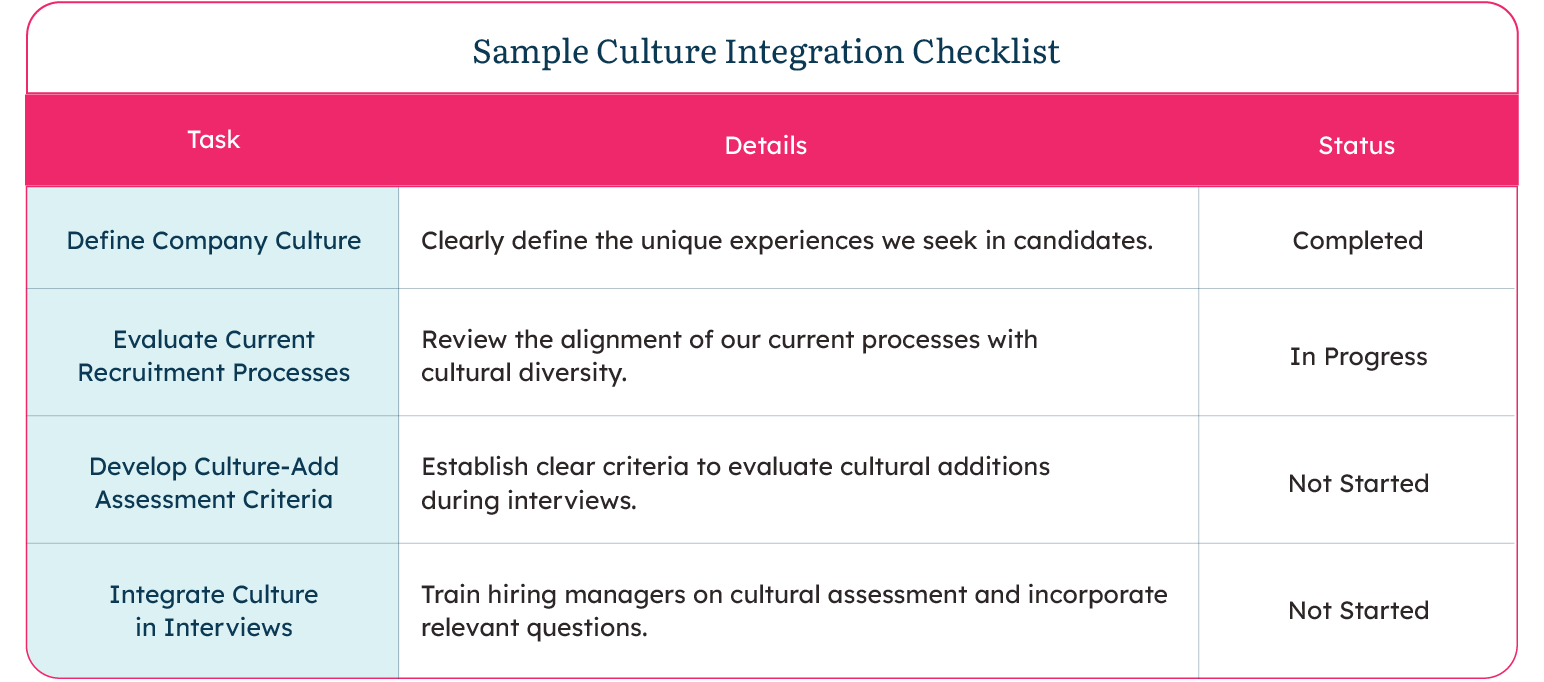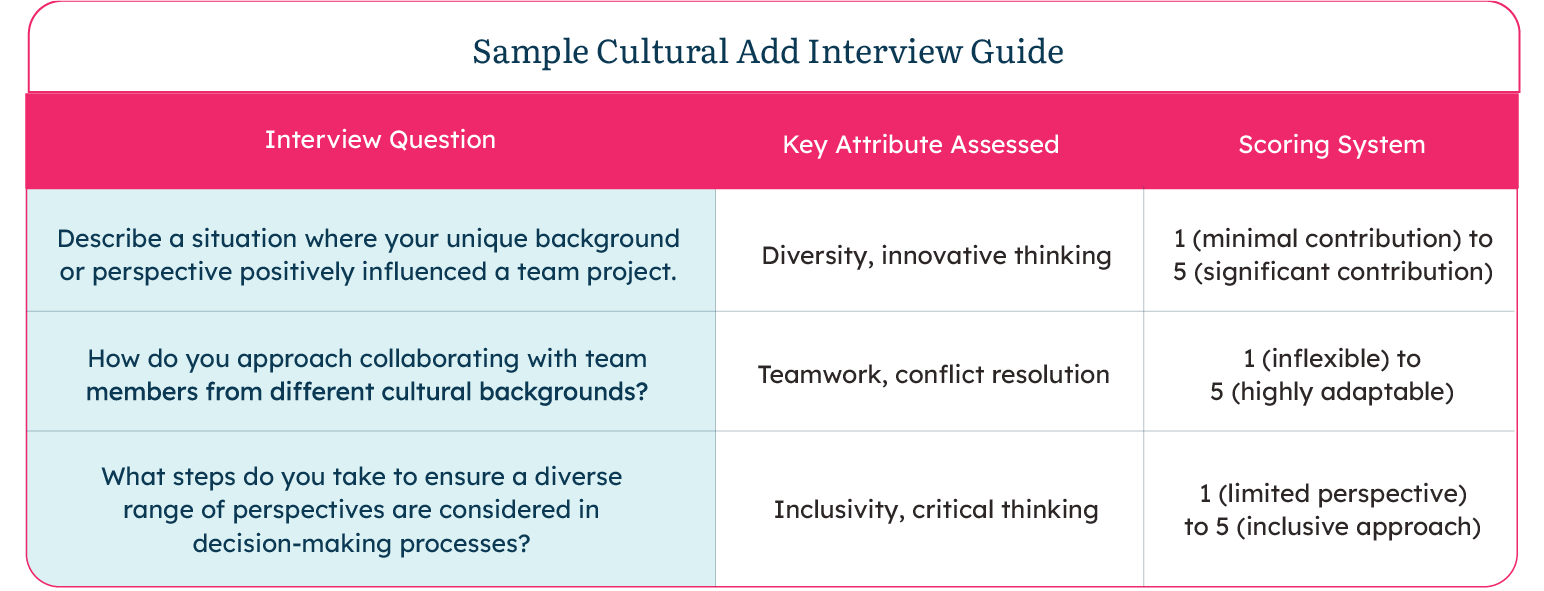In the fast-moving business world, staying agile is not just nice—it’s necessary, especially in hiring. While hunting for the “perfect fit,” a snail-paced recruitment process can slip under the radar. But let’s be honest: the true cost of a dragging hiring process hits harder than you might think, impacting everything from your budget to team morale and even your reputation in the market.
Cash Burn from the Hiring Marathon
Think of your hiring process like running a marathon. Just like in a race, every extra mile you add takes more out of you, burning energy—or, in this case, cash, morale, and resources—that you could have used more effectively elsewhere.
Advertising Expenses
That job vacancy isn’t just sitting idle—it’s racking up a significant tab. Reposting the position across various job platforms, each with its own cost structure isn’t cheap.
A PeopleHum article lays out these individual costs. On LinkedIn, while there’s a free tier allowing a single active job post, the paid pay-per-click (PPC) advertising ranges from $1.20 to $1.50 per click. Meanwhile, on Indeed, the PPC budget can span anywhere from $0.10 to $5 per click. Monster charges a monthly subscription of $249 for one job, scaling up to $999 for five jobs. CareerBuilder’s subscriptions vary from $219 to $599 monthly.
These costs can quickly snowball, consuming a significant portion of your budget that could have been allocated to other growth-strategic areas.
Tech and Tools
Those handy recruitment tools and ongoing software subscriptions? They cost money. And these costs compound, especially when your hiring marathon turns into a saga. What was supposed to be a one-time investment can morph into a recurring expense that offers diminishing returns.
Productivity Pain Points
When hiring lags, it’s not just the HR department that feels the heat. The ripple effects extend throughout the entire organization, undercutting productivity in ways that can be hard to see at first but are deeply felt over time.
Gaps in the Ranks
Being a team member short can mean significant dips in productivity levels. The longer positions remain vacant, the more your current staff is stretched thin, leading to potential errors, decreased output, and frustrated clients due to stalled projects or compromised service delivery.
Overloaded Crew
Piling extra duties on existing employees can lead to increased stress and job dissatisfaction. Chronic overload can result in higher burnout rates, potentially increasing your turnover rates, which then feeds back into the vicious cycle of recruitment.
Unsurprisingly, work stress leads to more errors. Tessian’s study found that 52% of respondents make more mistakes under stress. SecureFrame’s blog also cites the American Psychological Association, finding long hours (54%) and heavy workloads (50%) are the most common stress factors at work.
Project Delays
For businesses where timelines are critical, delays can be particularly costly. Missed deadlines may lead to contractual penalties, lost future business, and a reputation for unreliability that can deter potential clients and partners.
The Buzz on Your Brand
Your hiring process is often a candidate’s first real impression of your company culture and operational efficiency. A cumbersome, slow process not only frustrates candidates but can also lead to a public relations issue if word gets out.
Talent Bailing
The best candidates often have multiple options and limited patience for slow recruitment processes, especially considering they are usually off the market in 10 days. If your hiring cycle is lethargic, expect to lose top talent to competitors who are more responsive, which diminishes the quality of your candidate pool and potentially leaves you with less-than-ideal hires.
Bad Rep Spreads Fast
A lengthy and cumbersome hiring process can create a negative experience for candidates, who are likely to share these experiences online. Negative reviews on platforms like Glassdoor can deter high-quality candidates from even applying, compounding your hiring challenges.
Did you know 86% of employees and job seekers check company reviews and ratings before applying for a job?
Social Proof Stings
In today’s connected world, a bad review can go viral. Negative feedback on social media platforms and job review sites can tarnish your employer brand, making it increasingly difficult to attract the caliber of talent necessary to drive your business forward.
What You’re Missing Out On
The consequences of a slow hiring process extend beyond the here and now. They can also close doors to future opportunities, stifling your business’s growth potential and innovative capabilities.
Lost Innovators
The ideal candidates bring more than just their skills; they bring innovative ideas and fresh perspectives that could be pivotal in solving existing challenges or driving new projects. Each day a role remains unfilled is a lost opportunity for innovation and advancement.
Falling Behind
In industries that evolve quickly, a slow hiring process can leave you perpetually a step behind the competition. While you’re stuck in hiring limbo, your competitors are likely capitalizing on new talents and securing market advantages. And employers are feeling the burn. Interestingly, 24% of employers admit that taking too long to hire caused them to lose top talent last year.
Stalled Creativity
Creativity and innovation are often the results of new energy and ideas that new hires bring to the table. Without this influx of fresh perspectives, your business risks stagnating, potentially missing out on unique growth opportunities and creative solutions to existing problems.
Cutting to The Chase
Just as a well-oiled machine operates at peak efficiency, a streamlined hiring process can make your recruitment efforts not just faster but also more effective, giving you a significant competitive edge.
Tech to the Rescue
Embrace the power of technology to streamline your hiring process. Tools like AI-driven applicant tracking systems can automate mundane tasks like sorting resumes and scheduling interviews, letting you focus on engaging with the right candidates more directly and personally. In fact, SHRM research found a staggering 85% of employers that use AI or automation report it saves them time and makes them more efficient.
Cut the Clutter
Streamline your recruitment steps by regularly reviewing and refining the process. Eliminate redundant steps and focus on strategies that directly contribute to making more efficient and effective hires.
Keep ‘Em Hooked
An engaged candidate is more likely to wait out your process. Use consistent and engaging communication strategies to keep candidates in the loop about where they stand. Transparent, timely communication can reduce candidate drop-off rates and enhance their experience—factors that reflect well on your employer brand.
The hidden costs of a lengthy recruitment process can run deep, impacting not just financials but also operational efficiency, team morale, and market reputation. By acknowledging these impacts and actively refining your recruitment approach, you can enhance resource allocation, boost overall productivity, and maintain a competitive edge in the talent market. Isn’t it time to revamp your hiring strategy and make your recruitment process a point of pride—and a competitive advantage?
Let’s make your hiring process more agile together—connect with us and start building a faster, more effective recruitment system that saves time and attracts the top talent your business deserves. Reach out now to get started.




